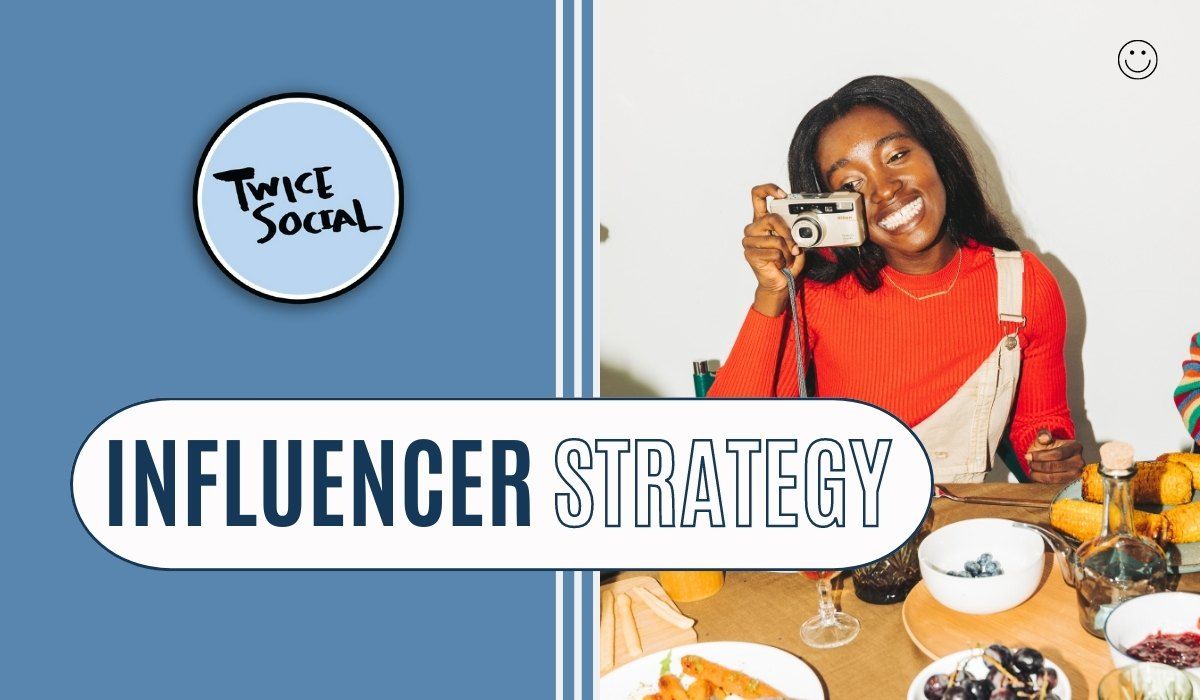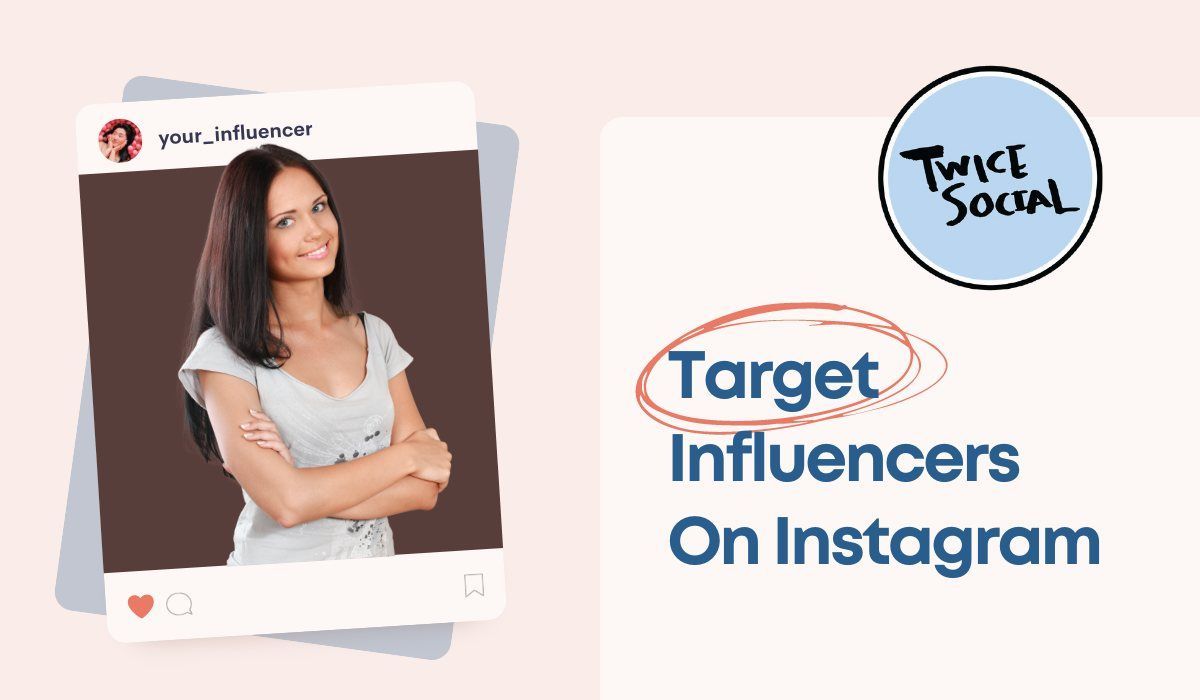7 Tips for Market for Conscious Capitalism
It's undeniable. We're in an age of conscious capitalism. Adam Smith’s rational self-interest doesn’t fit anymore when we all know the power of our dollars can be put to social good in addition to purchasing products that fulfill our needs.
New values means that we need to take a look at how we’re marketing our client’s products. After all creating value is still the fundamental purpose of marketing, so if we don't adapt to cultural changes then we're putting clients at a disadvantage.
Here are seven tips for marketing in the age of conscious capitalism:
1. Find out what makes your client's product special.
Before you take care of the conscious part of conscious capitalism, you still have to take care of the capitalism, and that means selling your client’s product. Ask why consumers should pick your client’s design over the competition’s.
2. Focus on the customer’s interests and concerns.
Go the extra mile and conducti market research on not just what the customers are most interested in buying, but why they want to purchase it. This not only helps you, as the marketer, tailor the message more effectively, it also provides your client with crucial information about how to improve the product down the road. Everybody wins when we will focus on the greater good.
3. Highlight ethical operations.
If your client operates their company in a sustainable way, make sure to feature it in the product campaign. If they engage in charitable work make sure to mention this too. Find out what causes your client is committed to and integrate them into the product campaign.
4. Showcase products with transparency.
One of the hallmarks of conscious capitalism is the focus on the morality behind a dollar. This means that people don't just want to buy products, they want to feel like they’re investing in a company they believe in. Transparency is a crucial component of morality and it should be a feature point when you showcase your clients products for the consumer.
5. Show that your client is reaching for a higher purpose.
It's been shown that people are more likely to gravitate towards companies that reflect their own morality and values. If your client has aspirations to do more good in the world don't be afraid to mention them even if they're not yeah been executed on. Aspirations the next best thing to inspirations.
6. Feature prominent leaders in the organization.
Featuring prominent leaders of the organization helps put a face on an otherwise depersonalized experience that comes with e-commerce. One of the most difficult aspects of e-commerce is the danger of depersonalization. A real, human connection rarely exists with an online purchase. Those automated chats that pop-up on landing pages aren’t fooling anyone (hopefully). And if there is any communication, it tends to be because something went wrong. Yet, ironically, conscious capitalism is a movement towards a greater and more in-depth understanding of humanity.
7. Dive into culture, no matter what the product.
Everything product plays a role in society (or it should do anyway if your client intends to make money off of it), and your job as a marketer is to discover and highlight that good. This is where it's helpful to remember doing good doesn't always I mean having a practical benefit. Sometimes happiness is actually the highest good that can come from a product and creating happiness is just a matter of getting something to someone who wants it.
Bonus!!!
And of course, remember conscious capitalism isn’t just for clients, it applies to marketers as well. Don't be afraid to integrate these tips into your bitches about your own company. If nothing else it will show potential clients what you will be able to do for them.
—
If you’re looking to hire a marketing company that knows how to market for the new world of conscious capitalism, please visit our website or send a message today. We love to chat!

The traditional approach to brand development starts with the brand and then goes after the customer. Unfortunately, this resource-intensive approach often comes across as irrelevant and tone-deaf.
The correct approach to brand development is to start with the ideal customer in mind and then develop branding that resonates with the target audience. And the best way to do this is by getting serious about target personas.











